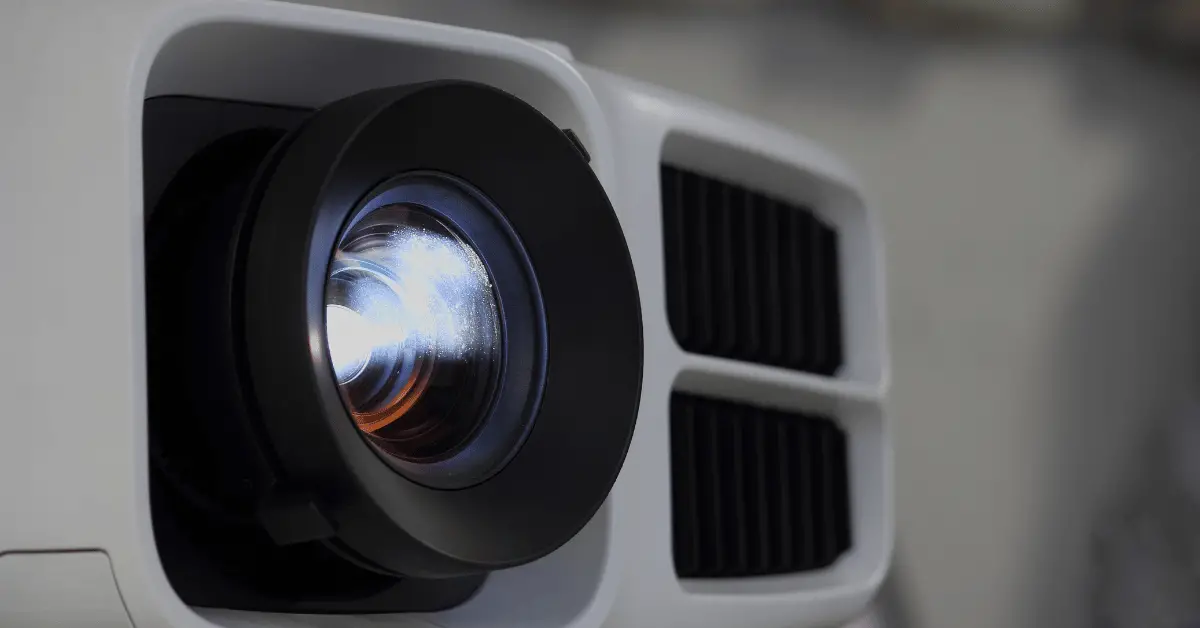Projectors are a popular choice for home theaters, classrooms, and business presentations, providing large-scale visuals with impressive clarity. When setting up a projector, achieving accurate image alignment is essential for a superior viewing experience. One feature that plays a crucial role in image alignment is lens shift. Lens shift allows users to adjust the position of the projected image without physically moving the projector itself. However, you may wonder if all projectors have this capability. In this article, we will explore the question: Do all projectors have lens shift? We will discuss the significance of lens shift, its benefits, and the variations in projector models when it comes to this feature. By the end, you’ll have a clear understanding of lens shift and its availability in different projectors, helping you make an informed decision when choosing the right projector for your needs.
Table of Contents
Do All Projectors Have Lens Shift?
Understanding Lens Shift and Its Importance:
Lens shift is a feature that allows the optical lens assembly within a projector to be mechanically adjusted, shifting the projected image up, down, left, or right. This adjustment helps align the image precisely on the screen or projection surface, even if the projector itself is not centered or at the ideal distance. Without lens shift, achieving accurate image placement often requires physically repositioning the projector or relying solely on keystone correction, which may result in image distortion and loss of image quality.
Benefits of Lens Shift:
- Flexibility in Installation: Lens shift provides greater installation flexibility by allowing projectors to be placed off-center or at varying distances from the screen. This feature is particularly useful when dealing with challenging room layouts or projector placement constraints.
- Image Quality Preservation: Unlike keystone correction, which digitally adjusts the image, lens shift physically shifts the lens assembly, maintaining the projector’s native resolution and image quality. This ensures that the projected image remains sharp and true to the source material.
- Convenience and Time Savings: Lens shift simplifies the setup process by eliminating the need for precise projector positioning. Users can easily adjust the image vertically or horizontally, saving time and effort during installation and alignment.
Availability of Lens Shift in Projectors:
While lens shift is a valuable feature for achieving optimal image alignment, it is important to note that not all projectors come equipped with this capability. The presence of lens shift varies across different projector models and brands. High-end home theater projectors and professional installation projectors typically offer lens shift as a standard feature. However, budget-friendly or portable projectors often omit this feature to maintain compact size and affordability.
When selecting a projector, it is essential to carefully review the specifications and look for specific mentions of lens shift. Manufacturers usually highlight the presence of lens shift in the projector’s technical specifications or marketing materials. If lens shift is not mentioned, it is likely that the projector does not have this feature.
Alternative Image Alignment Options: If a projector lacks lens shift capabilities, there are alternative methods to achieve accurate image alignment. These include utilizing keystone correction (though it should be used sparingly to preserve image quality), adjusting the projector’s position manually, or employing projection mounts or brackets to achieve the desired alignment.
Conclusion
Lens shift is a valuable feature in projectors that facilitates precise image alignment without the need for physically moving the projector. While not all projectors come equipped with lens shift, it is predominantly available in high-end home theater and professional installation projectors. When choosing a projector, carefully consider your installation requirements and assess whether lens shift is a necessary feature for your specific setup. By understanding the importance and availability of lens shift, you can make an informed decision and ensure your projector delivers an exceptional viewing experience with perfectly aligned images.

